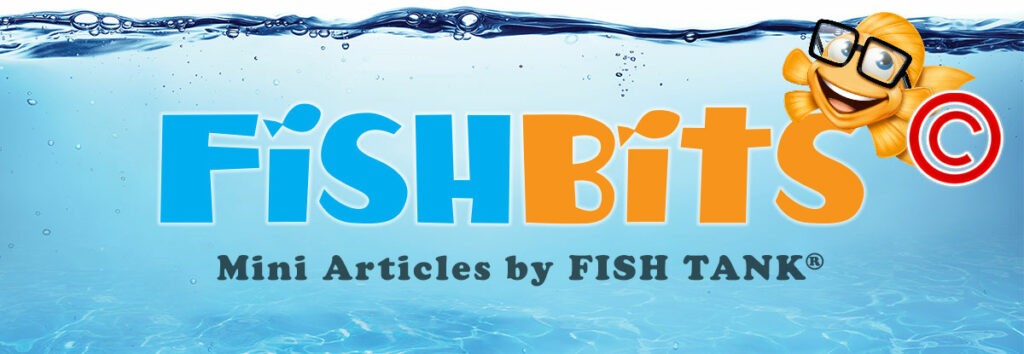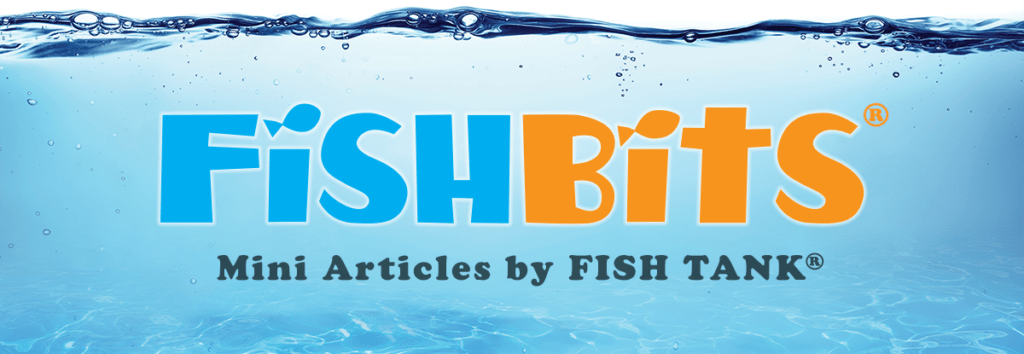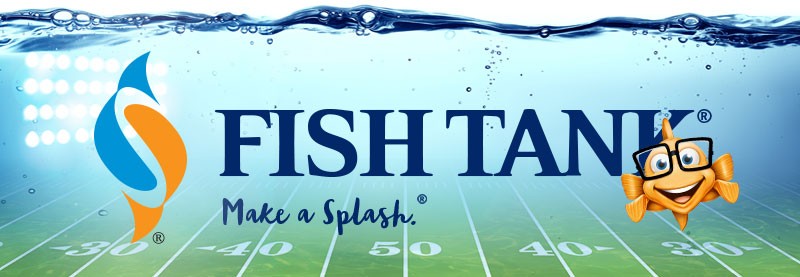Intellectual Property Insights from Fishman Stewart
Mini Article – Volume 22, Issue 22
Share on Social

Who Owns Your Logo?
Imagine: You invent a new widget. You open your business. You call it “Wicked Widgets” and you hire a graphic designer to create a logo. The logo includes an image of a Grim Reaper holding one of your widgets. And what could be more wicked than that? You obtain a trademark registration for your logo. Then you decide to seek copyright registration for an additional layer of protection. But then, in a wicked plot twist, it turns out you don’t own the copyright to your logo, the graphic designer does! Under US copyright law, in most instances, if an independent designer creates your logo (or other work), then the independent designer, not you as the contracting party, would own the copyright. To obtain ownership, the independent designer must assign the copyright to you and the assignment must occur after the logo is created (copyright title does not vest until after creation), although you should agree beforehand that the copyright will be assigned. On the other hand, if the work was created by an employee within the scope of their employment, then no assignment is needed because the work is considered “made for hire” and the employer would be the copyright owner of the copyright from the outset.
Finny the Fish: When we had Finny created, we employed the services of our esteemed outside artist Ron Borresen. In accordance with our agreement with Ron, he assign to us the Finny illustrations he created. Now, as owner of copyright, we rightfully filed an application for copyright. This application, featuring Finny’s illustrious pose, can be viewed HERE. We will keep you updated on Finny’s adventures through the Copyright Office.
Moral of the Story: If you hire an outside contractor to create a work, most likely you’ll not own the copyright in that work unless you have an assignment. So, if you go with an outside contractor, be sure to contact Kristyn Webb and she’ll guide you along the way.
Kristyn Webb is the Group Leader of Fishman Stewart’s Copyright Practice Group, and is currently earning a Master’s Degree in Copyright Law at King’s College London.

Published November 4, 2022


Related Content from Fishman Stewart
In a recent decision, the U.S. Court of Appeal for the Eighth Circuit affirmed a jury verdict holding that the use of the "Success Kid" meme by a congressman's reelection campaign for fundraising purposes did not qualify as fair use.
In February 2024, proposed legislation was introduced in US House of Representatives which would extend copyright protection to golf courses. The bill is titled “Bolstering Intellectual Rights against Digital Infringement Enhancement Act” or the “BIRDIE Act”.
June is Pride Month, which honors the 1969 Stonewall Uprising in Manhattan and recognizes the impact that lesbian, gay, bisexual, and transgender (LGBTQ+) individuals have had on history locally, nationally, and internationally. The United States Patent and Trademark Office flies the Pride Flag and promotes the Pride community’s contributions with programming offered annually.
June is Pride Month. This year we are celebrating with some IP tips for drag performers! Drag performers can protect their intellectual property by registering the copyrights in their original works of music, choreography, and comedy sketches.
You’re rarely more than a few yards from Finny’s favorite chips, semiconductor chips to be precise. But what exactly is a semiconductor chip?
"May the 4th Be With You," also known as Star Wars Day, takes place annually on May 4th. The phrase is a pun on the iconic Star Wars catchphrase "May the Force be with you."
First, a big “thank you” to all our readers who have given feedback on our newsletter. We appreciate your interest and insights. It is always a treat to hear from you! Second, we wanted to provide you with updates on some of our most popular articles
“Palworld”— a computer game created and published by Japanese developer Pocket Pair. Released as an early access game in January 2024, it sold over seven million copies on the computer platform Steam in the first five days and had nearly 20 million players in the first two weeks.
This year’s Super Bowl featured a thrilling overtime victory for the Kansas City Chiefs over the San Francisco 49ers. With estimates as high as 123 million viewers, America's premier sporting event also serves as a grand stage for creativity and intellectual property protections that enhance the game’s success.
Valentine’s Day is just around the corner and jewelry sales are usually around $6 billion USD in the United States alone. In 2021, the US Customs and Border Protection agency seized over $1 billion USD worth of counterfeit pieces of jewelry.
IDENTIFYING, SECURING AND ADVANCING CREATIVITY®











